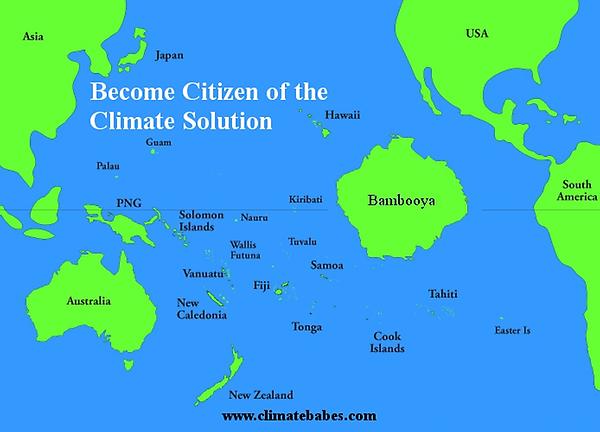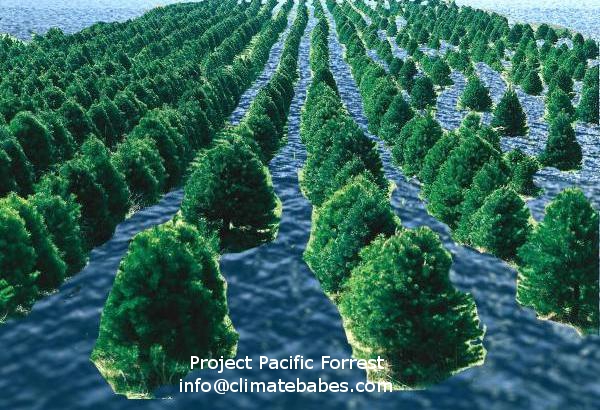Coal consists for a large part of trees that fel layer upon layer in swamps millions of years ago. In the oxygen poor muddy water the trees carbonized and sank, storing carbon, shifting the balance of CO2-O2 towards the oxygen side. Many billions of terrawatts of solar energy where thus stored, the atmosphere cooled new organisms that thrived in the cooler climate took advantage.

As CO2 rises O2 drops
Since humanity discovered this store of energy it has been rejoining the carbon with oxygen from our atmosphere, with many effects, the most important of which is the rise in CO2 and warming of our atmosphere. It will, as the IPCC predictably concludes, cause widespread hunger and drought. Our inability to halt carbon pollution means many people will die.
Expressing all the damage in terms of money is senseless, because who can tell if money has any value by the time the situation deteriorates. What does a 100 dollar bill buy in a Mad Max world? Money in our society equals fossil fuels, which we can allocate towards the goals we want using our money. Sadly, we won’t have fossil fuels by the time we start experiencing hardship from climate change, because peak oil is already years behind us, and we might not be given access to it. The solution to climate change can not be ‘economical’ it has to be renewable energy based, so called ‘extraeconomical’.

One solution we have looked into and believe will add greatly to help the hardest hit is to develop methods to grow trees on the ocean. We called this project Bambooya before, which is about building an island of either bamboo, mangroves or plastic bottles, but the growth strategy for the island requires a slightly different approach, namely trees growing on the water with specific spacing, to maximize growth and minimize use of materials.

Growing trees, or bamboo if it’s possible, in the pacific, allows organic expansion of the program, as well as added opportunities to grow seeweed, fish and other usefull materials in an area that normally does not produce anything. It allows incrememental capture of carbon for sequestration with next to no limit. The trees can be carbonized to recuperate the nutrients, and possible generate gas and other chemicals that are usefull for the necessary infrastructure.

There’s a hell of a lot of sun falling on our oceans. The more we reflect the better we will fare..
We have done detailed analysis and would like to start development of methods to grow bamboo and trees at sea using renewable energy and organic materials. Questions : info@climatebabes.com or info@greencheck.nl
Bamboo as substitute for carbon fiber
Mangrove Authority Dr Norm Duke